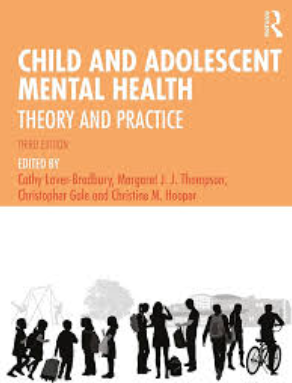Suicide is the second leading cause of death among adolescents in the United States (Centers for Disease Control and Prevention [CDC], 2017, Death rates due to suicide and homicide among persons age 10–24: United States, 2000–2017) constituting a significant public health crisis. The demand for psychiatric emergency services and inpatient beds is increasing, while the number of beds available decreases or remains static (National Association of State Mental Health Program Directors, 2017, Trend in psychiatric inpatient capacity, United States and Each State, 1970–2014. www.nasmhpd.org/sites/default/files/TACPaper.2.Psychiatric-Inpatient-Capacity_508C.pdf) leading to delays in treatment and exacerbation of symptoms for some adolescents awaiting care. This pilot project describes the development, feasibility, and acceptability of a creative, values-based safety planning intervention for adolescents hospitalized on an acute inpatient psychiatric unit and the impact of this intervention on length of stay and readmissions to acute psychiatric care.
Thirty patients experiencing a suicidal crisis participated in the Rapid Stabilization Pathway (RSP) during their inpatient psychiatric admission.
Results indicate that, compared to patients who underwent inpatient treatment as usual (TAU), RSP patients were discharged after a significantly shorter length of stay (4 vs. 6.1 weekdays respectively, p < .001). Further, there was no significant difference in readmission to the inpatient unit or to the psychiatric emergency room among RSP and TAU patients at 30, 60, and 90 days postdischarge.
These findings have significant implications for acute inpatient programming. The RSP intervention treated patients in a shorter amount of time without any increase in re-admissions. Further, the shortened length of stay allowed for more patients to be treated on the inpatient unit and a significant cost savings. Future directions for programming and outcome research are discussed.


